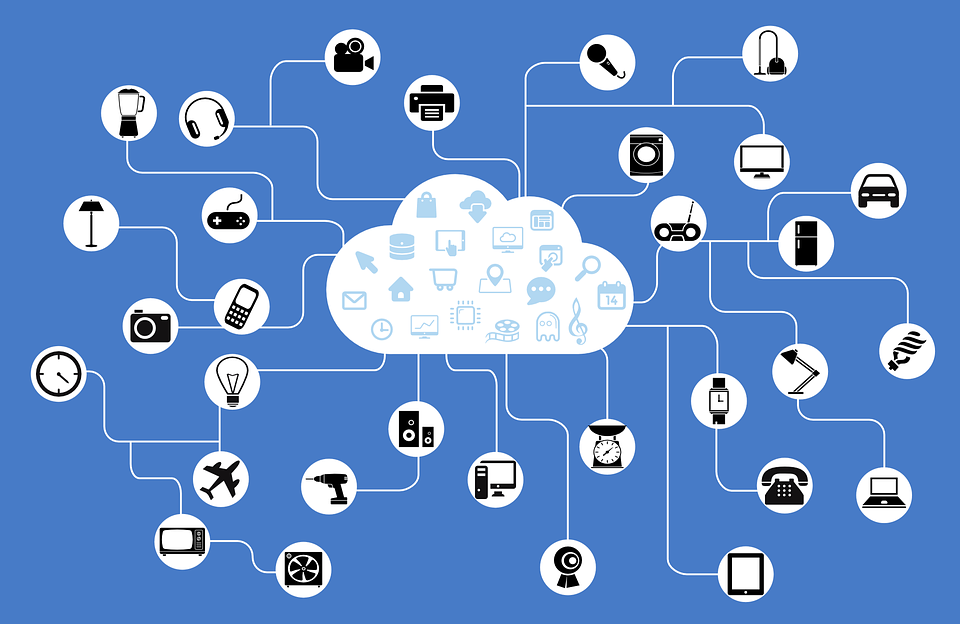Tapping into the Intelligence of Things

Mikaël Schachne, VP MobilitySolutions, BICS
In 2021, there will be more connected devices than there are people on this planet. As the tidal wave of IoT sweeps all corners of society, businesses are rushing to ride the hype with new deployments of smart technology.
But are companies actually realising the true potential of IoT? Mikaël Schachne, VP Mobility Solutions, BICS posits that businesses are only scratching the surface of what IoT has to offer, and how they need to be smarter in extracting the intelligence it generates. This is where the real opportunity for growth and innovation lies.
Many businesses have already embraced the opportunity that IoT presents, eagerly looking to make the most of the new revenue streams available to them. Healthcare, emergency services and retail are all sectors that have led the IoT charge, deploying applications that promise to save lives, provide convenience and bring citizens closer together.
Consumers haven’t been immune to the charms of the IoT either, buying smart TVs, fitness trackers and robotic personal assistants in droves. And in doing so, they are fuelling the IoT ecosystem by generating an ever growing pool of personal data ready to be tapped into.
However, simply deploying smart devices is no longer enough. Looking beyond the initial hype, the Internet of Things has now transformed into the Intelligence of Things. If companies can harness and utilise the intelligence generated by IoT deployments, it breath life into new types of experiences, new levels of customer service and even untapped benefits to wider society other than just ‘smart’ technology. The challenge in doing so is knowing where to start.
The rise and rise of IoT
Rewind to three or four years ago, and the Internet of Things was a relatively new concept. Analysts were touting it to be the next big thing, yet sceptics condemned it to be hype and hype alone, like any tech buzzword that rears its head every couple of years.
Enterprises stumbled around blindly trying to figure out what the IoT could mean to them, beyond a smart fridge or thermostat. And here we are today in 2017, when the IoT has consolidated its position as a veritable business opportunity. CTOs are now talking about how the IoT could create intelligent enterprises that are ever more efficient, operational and profitable.
According to a survey conducted by 451 Research, approximately 65% of enterprises utilise IoT solutions for business purposes. The same research projects that enterprise investment in IoT technologies will skyrocket from $215 billion in 2015 to $832 billion in 2020, and expect that businesses will continue to find new use cases for IoT technologies over the next few years.
With companies putting so much faith in IoT, it’s crucial that their data gathering and analytics strategies keep up with the development, deployment and proliferation of connected devices. Failure to glean any sort of intelligence or unknown insight from these ‘smart’ devices effectively renders them dumb. The proof of the IoT has always been in the pudding – in this case, in the data.
Extracting intelligence
Contrary to the amount of companies investing in IoT, only one third of organisations in Europe are analysing the wealth of data that their IoT initiatives are providing. If companies really want to see profit and improved customer experience, they cannot afford to become complacent and forget the importance of thorough data analysis.
They need to be smart. It’s Big Data after all; masses of unstructured, uncleaned, unprocessed data being collected from a vast numbers of sensors, devices, geographies and the cloud; all in real-time. A company’s ability to effectively harness this swathe of data is paramount in order for IoT to be a true success.
Get smart with the Intelligence of Things
To successfully analyse IoT data, continuous visibility is essential. With data available globally, in real-time, it’s crucial that companies have a clear view and understanding of their current data, as well as of the historical network and business intelligence across all technologies. Data relating to asset performance and customer behaviour must be readily available. 24/7 visibility of such information is critical when aiming to improve existing services and generate new ones.
Similarly, disruption to an IoT network cannot be overlooked, with potential impacts being severe and widespread. Negative activity has the potential to cause disturbance across the entire infrastructure, so any abnormalities on an IoT network need to be addressed immediately to avoid any potentially serious disruption.
These disturbances could mean the loss of reams of data, which will be crucial to ensure that customer experiences are as smooth and efficient as possible, and that companies are capitalising on all that the IoT has to offer. In telecoms, monitoring could be automated by effective and broad APIs (application programming interfaces), which can help to ease the burden of constant observation. This kind of measure serves to illustrate once again the need for more extensive investment in a more robust structure for data analytics to truly benefit from IoT.
It is, without doubt, an exciting time for IoT; early investors having already realised the benefits of consumer and enterprise adoption, and businesses are on the cusp of realising all of its potential. There are very real possibilities for improved customer experiences, improved efficiencies and improved profit margins.
Companies working alongside operators, or indeed telecoms player, now need to be smart in their approach to IoT. It’s time for companies to push IoT over the line with and focus their IoT crosshairs on their data analytics strategy to ensure they make the most of the big data they have at their disposal.
The author of this blog is Mikaël Schachne, VP Mobility Solutions, BICS
Comment on this article below or via Twitter @IoTGN

